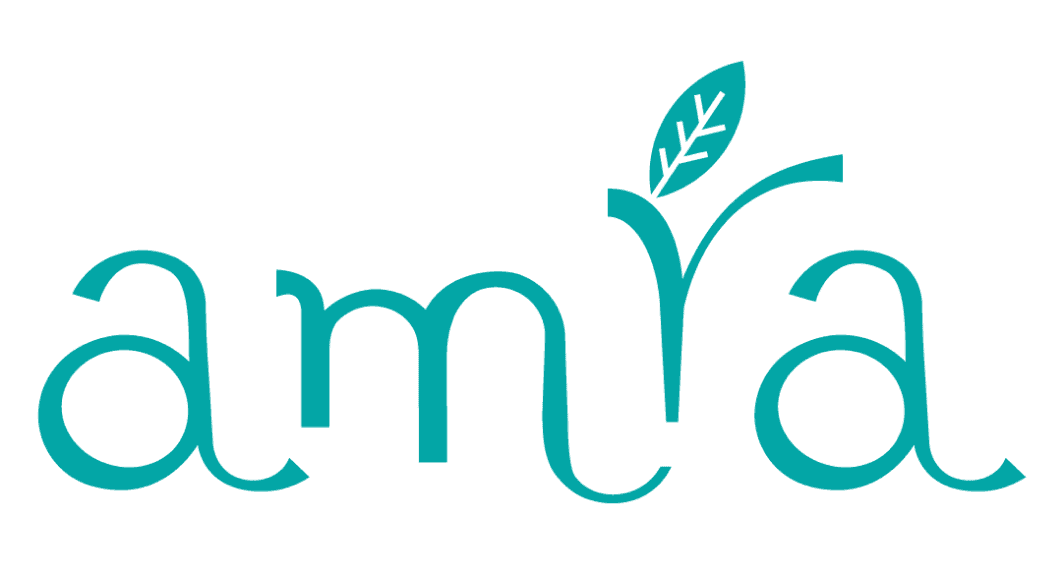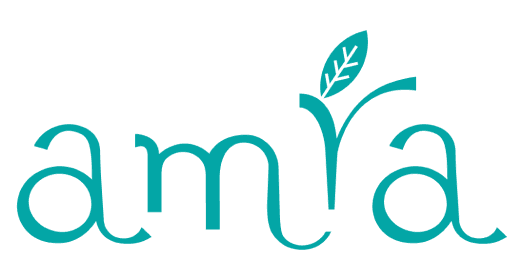
K1
Ages: 4 to 5 years
Timings
📅Monday to Friday
⌛9 am - 2.30 pm
Program Overview
Literacy: We incorporate phonics into our routine to help children identify letter sounds. Children work on identifying letters and understand basic print concepts.
Numeracy: As children become more proficient in numeracy, they can participate more actively in numeracy-related learning experiences.
Understanding the world: Children begin to demonstrate an understanding of more complex concepts, such as life cycles and habitats, engage in simple experiments, and develop an interest in the world around them.
Understanding the world: Children begin to demonstrate an understanding of more complex concepts, such as life cycles and habitats, engage in simple experiments, and develop an interest in the world around them.










